Appian, Adolphe Jacques Barthélemi
Lyon, Rhône, August 23, 1818 – Lyon, Rhône, April 29, 1898
Sailing boat by the sea, probably the Mediterranean, 1882
Oil on canvas
Signed and dated lower right “Appian 1882”
H. 40.5 cm. / 69 cm.
Work cleaned and varnished by a professional restorer.
--
Appian, Adolphe Jacques-Barthélemi
Lyon, Rhône, August 23, 1818 – Lyon, Rhône, April 29, 1898
Adolphe Appian, pseudonym of Jacques-Barthélemi Appian, was a French painter and engraver of the Lyon school. He was the father of Jean-Louis Appian (1862-1896), also a painter.
Between 1833 and 1836, Adolphe Appian studied drawing at the Ecole des Beaux-Arts in Lyon, under the tutelage of Jean-Michel Grobon (1770-1853) and Augustin-Alexandre Thierriat (1789-1870). He began his career as a draughtsman in the silk industry in Lyon, but eventually turned to landscape painting.
He made his debut at the Salon of 1835 in Paris and exhibited at the Salon of 1847 in Lyon, as well as at the Salons of both cities from 1855.
In 1852, Adolphe Appian met Camille Corot (1796-1875) and Charles-François Daubigny (1817-1878), whose influence had a lasting effect on his work. Hitherto divided between music and painting, he now devoted himself mainly to the latter, adopting the style of the Barbizon school.
In 1862, he took part in the Universal Exhibition in London and in 1867 in Paris, where Napoleon III bought one of his paintings, “Le Lac du Bourget”. That same year, he changed his palette, moving from cold, dark tones to warmer, brighter colours.
In 1868, he won a Gold medal at the Paris Salon and in 1889 took part in the Paris Universal Exhibition.
Adolphe Appian frequented the village of Rossillon (Ain), which was popular with painters, and spent many summers in Artemare (Ain) in the Bas-Bugey region, where he stayed at the Hôtel Buffet. He painted many of the sites in the Valromey region. A friend of the Barbizon school of painters, he spent several summers in Fontainebleau (Seine-et-Marne).
From 1863, he began engraving, producing ninety etchings printed by Auguste Delâtre (1822-1907). It should be noted that he had made two attempts in 1853-1854. In 1885, Appian took part in the first Exposition internationale de blanc et noir (International Black and White Exhibition; Palais du Louvre, Pavillon de Flore, March 15 to April 30), in the “Fusains” (charcoal) section, and won the Gold medal. His peers dubbed him the “Delacroix du fusain” (Delacroix of charcoal). His engraved work influenced the American artist Stephen Parrish (1846-1938).
Awarded the Légion d’honneur in July 1892, Adolphe Appian died in Lyon in 1898. He lived in rue des Trois-Artichauts.
His works are held in numerous public institutions in France and abroad.
Source







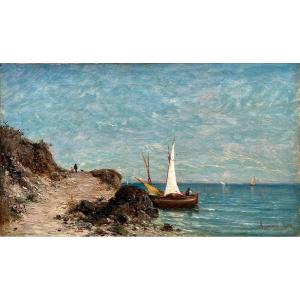







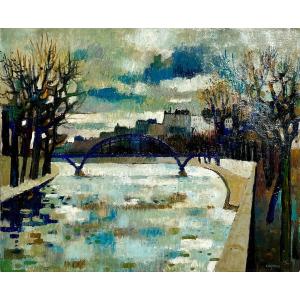

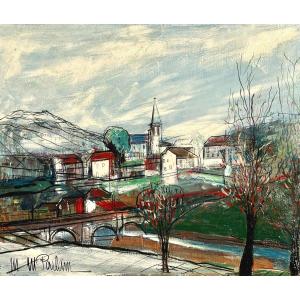
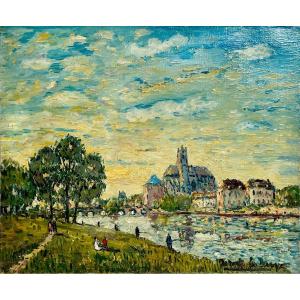

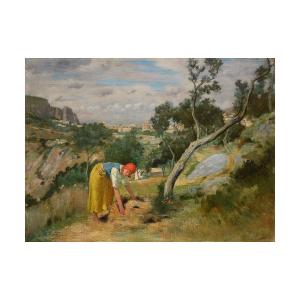







 Le Magazine de PROANTIC
Le Magazine de PROANTIC TRÉSORS Magazine
TRÉSORS Magazine Rivista Artiquariato
Rivista Artiquariato